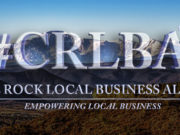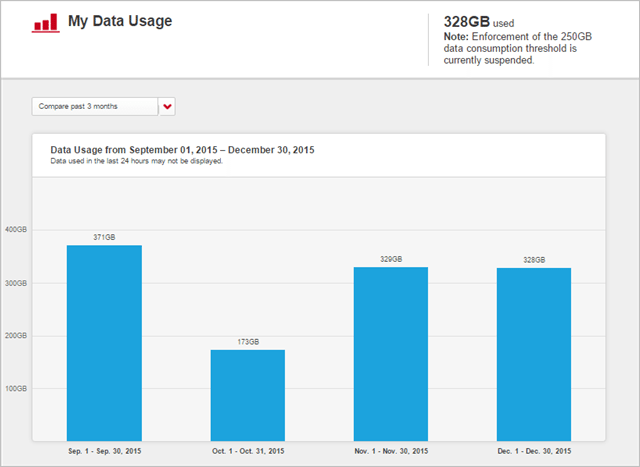Does your Internet service provider (ISP) have a data cap? Do you even know if you have a data cap? If you’re not sure how much Internet you use every month, depending on your provider, you might be paying more to surf the Web without realizing it. More ISPs, like Comcast, are rolling out data caps for consumers. These caps run in the range of 250 to 350 GB of data to be used per month. If you go over, you pay out of pocket for how much you go over the cap.
Let’s look at what data caps are, what ISPs use them, and what you can do to avoid getting overcharged for using the Internet.
What Are Data Caps?
Data caps are a soft cap on how much Internet you can use in a given month set by your ISP. For everything you do on the Web, you’re using data through your provider. Depending on how much you use and how often you use it, you may be eating through a connection and affecting other users in your immediate area. If you’ve ever noticed a slowdown of your Internet during five to nine PM in your area, chances are it’s because everyone is using the connection that’s filtering to each house, apartment, or condo in your area. For this reason, ISPs want to try and limit the load each customer is using to preserve speed integrity, hence the data caps.
What Providers Are Using Data Caps?
Almost every ISP uses data caps in one way or another. Many are limited to market areas. For instance, Comcast and CenturyLink in the Denver metro area do not use caps because of heavy competition between the services. Comcast in other markets such as Georgia and Alabama, enforce a 250 GB a month cap. Anything over that, and you pay more. You can opt into an unlimited data cap for an extra $35 a month through Comcast. Other providers, such as CenturyLink, AT&T U-Verse, and Mediacom also enforce data caps in certain markets.
What Happens When You Go Over Your Data Cap?
When you go over your data cap, you pay a few for more increments of data usage. This varies from ISP to ISP. Unlike a mobile phone plan, your data isn’t throttled or shut off when you go over the cap, you just pay more.
How to Track Your Usage
Your ISP will provide a tool in your account for you to track your bandwidth usage each month. I recommend using this tool to check your data usage because it’s what your ISP uses to gauge your cap. There are third party programs out there, but unfortunately, they only watch individual device usage rather than an entire network.
It’s important to take stock of what you do online. This means you need to look at how every device that access the Internet in your home is using it. Smartphones, tablets, gaming systems, computers, and Internet TV devices all use your connection in one way or another. If you’re gaming or streaming content online, these activities are going to take up a bulk of your data usage.
For a family of four in a streaming household using Netflix, Hulu, or Amazon Instant Video, you can hit your cap within a week if everyone is streaming. If you have a gamer in the house, downloading a new video game to a console can use anywhere from 10 GB of data to upwards of 50 GB.
Once you understand how you’re using the Internet, you can begin to work with the data cap. It many cases, it’s going to be cheaper to pay the extra fee or change your plan to include unlimited data to avoid more fees each month in a household if your ISP enforces a data cap.
Unfortunately, data caps are becoming more common across the United States. It’s only a matter of time before Castle Rock, Denver, and Colorado are in the crossfire with enforcement. Prepare yourself by understanding how you use data, reduce it where you can, and be ready to spend more when the time comes to ensure your continued enjoyment of the world wide web.













